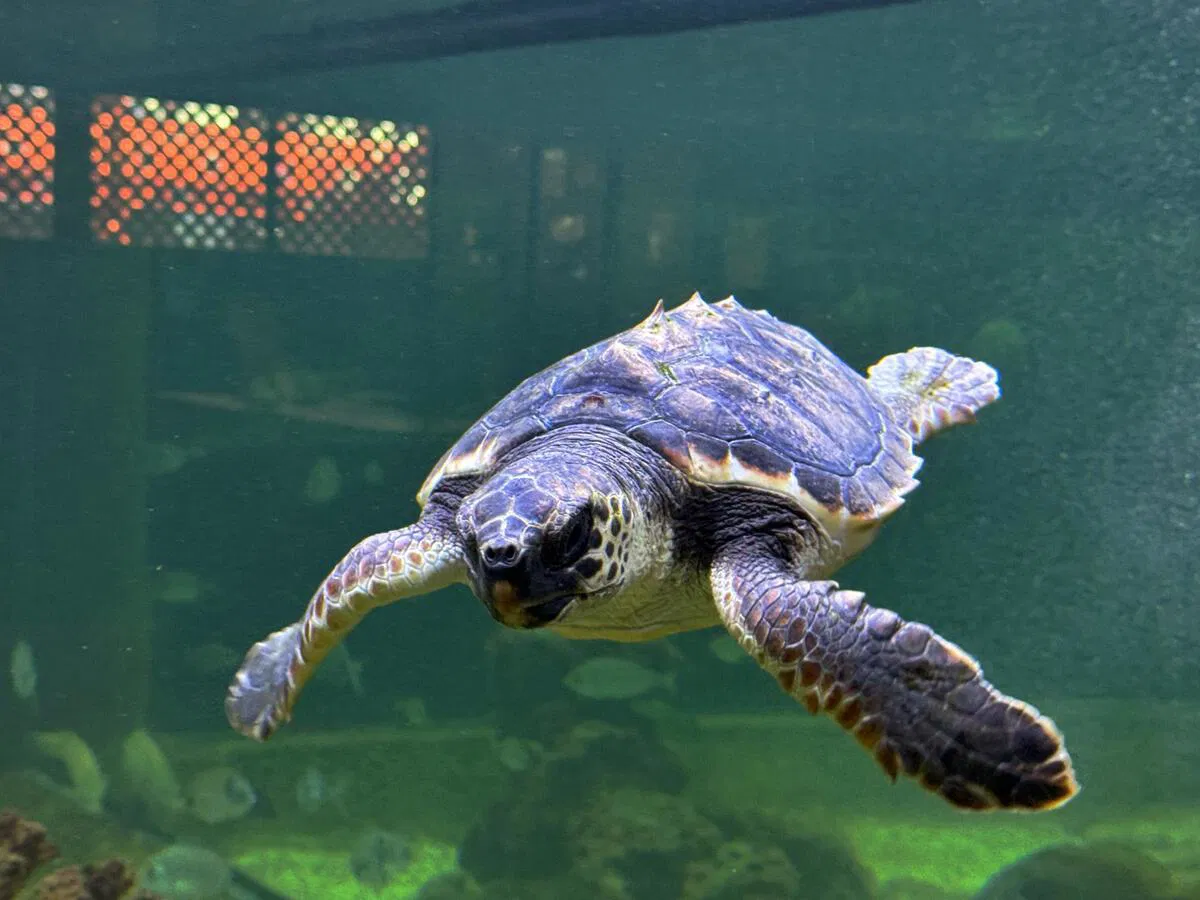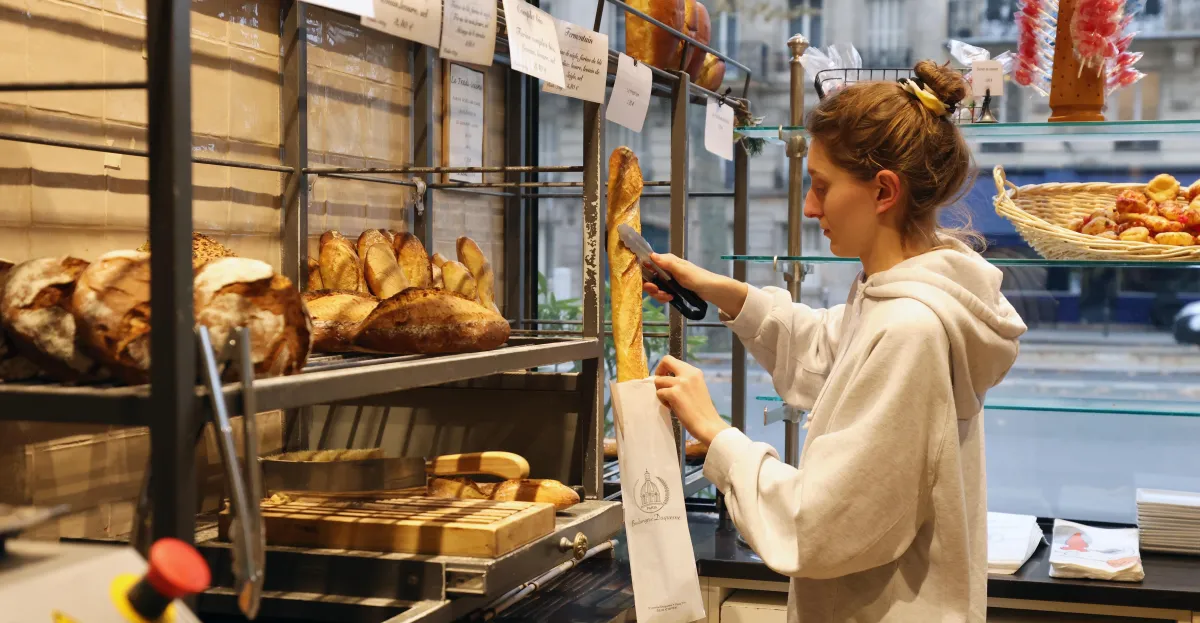Copyright euroweeklynews

The Oceanogràfic Foundation and the Santa Pola Sea Museum have announced a new partnership to enhance the protection of the Mediterranean’s marine ecosystems. The agreement, formalised this week in Santa Pola, focuses on the rescue and rehabilitation of sea animals, environmental education in schools, and the development of joint outreach and conservation programmes. The collaboration was launched with the transfer of a rehabilitated sea turtle from the Oceanogràfic Aquarium in Valencia to the Santa Pola Sea Museum. The turtle, currently in the final phase of recovery, will soon be released back into the Mediterranean, serving as a living symbol of the project’s mission to safeguard marine biodiversity. Full details are available via the Santa Pola City Council’s official announcement. Partnership Details The institutions involved in the partnership, Oceanogràfic Foundation (Valencia) and the Santa Pola Seam Museum, have the objective to strengthen Mediterranean marine conservation through joint research, education, and species recovery programmes. Their first action was the transfer of a sea turtle from Valencia’s ARCA del Mar recovery centre to Santa Pola for it’s final rehabilitation phase. Citizens have been invited to help name the turtle via the museum’s social media campaign. Event attendees include Deputy Mayor José Pedro Martínez, Councillor for the Environment Ángel Piedecausa, Councillor for Culture Nely Baile, and other representatives from the Oceanogràfic Foundation. Protecting Mediterranean Wildlife This partnership reinforces a growing regional network dedicated to the protection of Mediterranean wildlife. The Oceanogràfic Foundation brings decades of expertise in marine rescue and scientific research, while the Santa Pola Sea Museum contributes its role as a cultural and educational hub devoted to maritime heritage. Together, they aim to inspire new generations to understand and protect marine ecosystems through hands-on education, interactive workshops, and community engagement. The initiative also highlights the importance of inter-institutional cooperation in tackling shared environmental challenges such as marine pollution, species endangerment, and climate change impacts on sea habitats. As a symbolic gesture, the transferred turtle embodies both the scientific and emotional core of the project. After recovering from accidental capture in fishing nets, the animal’s upcoming return to the sea represents hope and resilience — qualities that underpin Mediterranean conservation efforts. Public Involvement Residents and visitors can follow the turtle’s story and participate in naming it through the Santa Pola Sea Museum’s official social media channels. The campaign aims to strengthen the connection between the community and local conservation efforts, encouraging citizens to see themselves as guardians of marine life. Teachers and schools across the province will soon be invited to take part in environmental education programmes organised by both institutions, featuring guided workshops, exhibitions, and lectures on marine biodiversity. The museum also plans to host scientific outreach activities that translate complex marine research into accessible content for the general public. What Comes Next Following this initial collaboration, the Oceanogràfic Foundation and the Santa Pola Sea Museum plan to develop a wider framework for joint action. Upcoming projects may include research on marine species rehabilitation, sustainable fishing awareness campaigns, and public exhibitions celebrating Mediterranean marine life.



